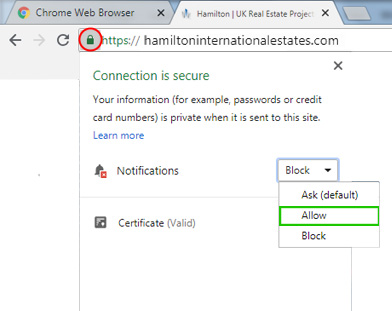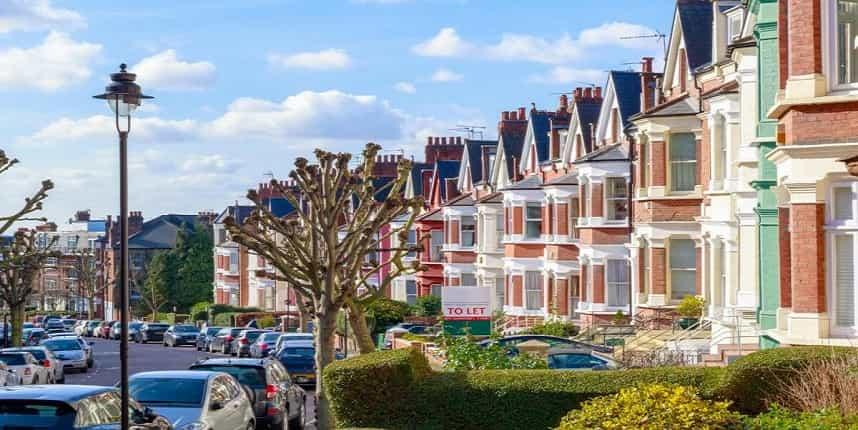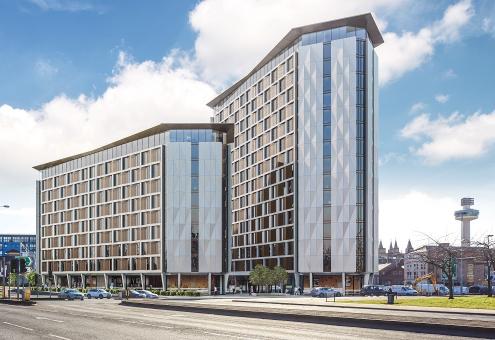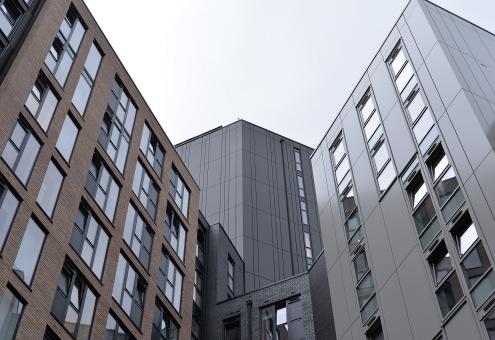UK Housing: People Caught in The Expensive Unstable Private Renting
01 Apr 2019
The UK lodging market is dealing with a slowdown, where the buyers are waiting to see what happens after Brexit. If the uncertainty is cleared, there is a chance of increasing demand.
Still, the country faces a £10bn trade deficit on construction material, where 60 per cent of the material is imported from the EU, and 92 per cent of the softwood timber comes from Europe.
In the construction sector, 10 per cent of the workforce comes from the European Economic Area, where 19.7 per cent of residential building sites are from another country (as per The Home Builders Federation data), and the immigration plan restricts the workforce from earning less than £30,000 a year.
The government announced several schemes to support the sector – cancelling the rent cuts, increasing grants for social housing and removing the borrowing cap. The rates are low, and a new £3bn scheme has been announced to construct affordable homes to achieve the 300,000 new home targets, but it is necessary to build the homes at the right places to provide affordable homes grants.
Lack of affordable homes and the millennial buyer
The government believes affordable means social rented, intermediate and affordable rented, which they can offer to the eligible households unable to buy from the markets. The facility also includes the provision of shared ownership where the cost of renting is below the market level, but some shared ownership comes at a very high price, where even a 25 per cent share can cost over £3000 a month in the mortgage.
The lack of affordable -moderate homes is an obstacle, especially for the millennials, where the government statistics show almost 50 per cent of the new-born in the country live in rented accommodations. The number of families living in privately rented homes with children increased 94 per cent in 10 years.
According to 2016- 2017 stats, 'the generation rent' – are the new 'generation parents', where 49.2 per cent of the children born in such families live in rented accommodations, where the biggest risks include the risk of eviction. The highest growth in the number of renting families was seen in the regions - northeast England, the Humber, Yorkshire, and Northern Ireland.
Young Living with parents and overcrowding
The data also finds that the average age of the first-time buyer has increased from 26 in 1997 to 34, and nearly a million young adults lived with parents more than two decades ago. Younger people are moving to live with their parents as they find it difficult to move out.
The average household size fell from 1951 to 2001, from 3.3 people per household to 2.36, but it again increased to 2.39 people per household in 2017 – as per the ONS data.
Overcrowding has been a major problem. The housing surveys show 1 million people live in overcrowded rented homes, which has increased to the highest since 24 years ago. In addition, more than a quarter of a million families live in overcrowded private leased homes, the second-highest since 1996.
To know more about UK properties, click Hamilton International Estates (www.hamiltoninternationalestates.com).
Categorised in: All News












